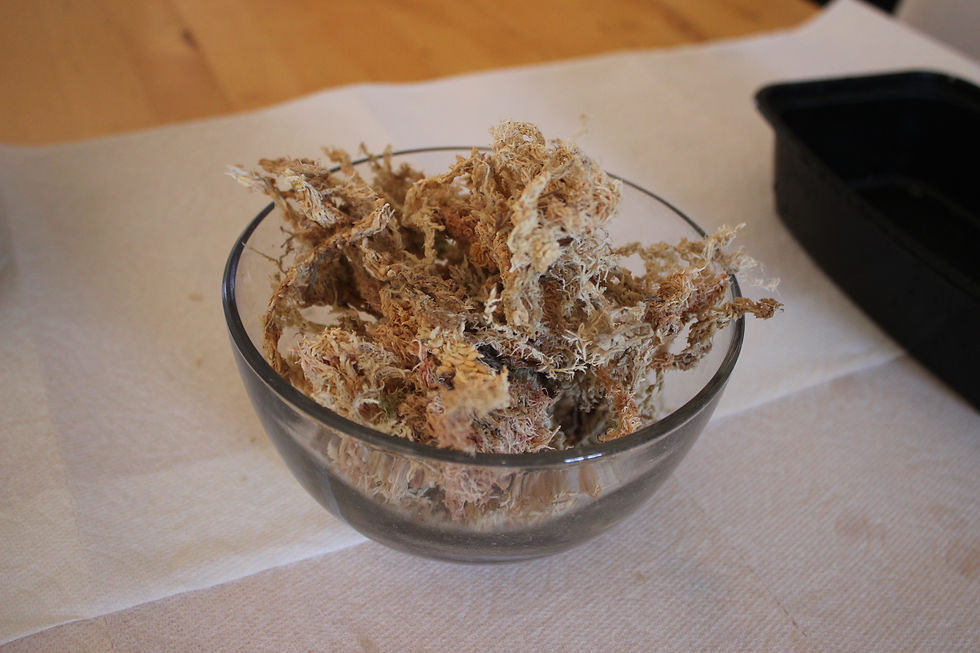Crested Gecko Egg Laying
- Hayley Fox

- Mar 13, 2023
- 2 min read
You have a female gecko... Now what?

Correlophus ciliatus is an oviparous species - they lay eggs, in animals that have not been paired to a male, most times the eggs laid will be infertile, though we are seeing a rise in animals that have laid eggs through parthenogenesis - eggs that are fertilized without presence of sperm. These eggs often do not result in viable offspring, though several living offspring of parthenogenesis have been documented.
CREATING A LAY BOX
Something vital to the care and husbandry of a female crested gecko is a suitable place to lay her eggs - it should be provided from 20 grams in weight, regardless if she has laid, no matter the age. This can change at any time.
There are a couple of ways to provide this safe space for them, one of which is several inches of a soil based substrate in the enclosure, and the other is a designated area for her to dig and lay, called a lay box.
Lay boxes are fairly simple and inexpensive to put together, depending on the materials used. The base of the lay box is a container - some keepers opt to use a tupperware style container with a lid on and a hole for entry. Other options are open-topped containers such as a tupperware style container or bowl. The only true requirement is that there is enough room for the gecko to bury herself and move around.

Once you've chosen the container you would like to use for your lay box, it's time to fill it up. The material used should be safe for ingestion and able to pass easily through the digestive system. Materials include coconut fiber such as Eco Earth, vermiculite, and mosses. We will be using long fibered sphagnum moss in this example.

Simply fill your chosen container with several inches of your chosen material.
For mosses and coco fiber, you will want to dampen it well with reptile-safe water. The water you use for misting the enclosure will work well.

Once your lay box material is appropriately dampened, it can be placed into the enclosure! We like to make sure to "fluff" the moss so it's easier to dig into.
Be sure to spot clean and remove any feces or urate each day to prevent mold, and replace as needed when soiled.



Comments